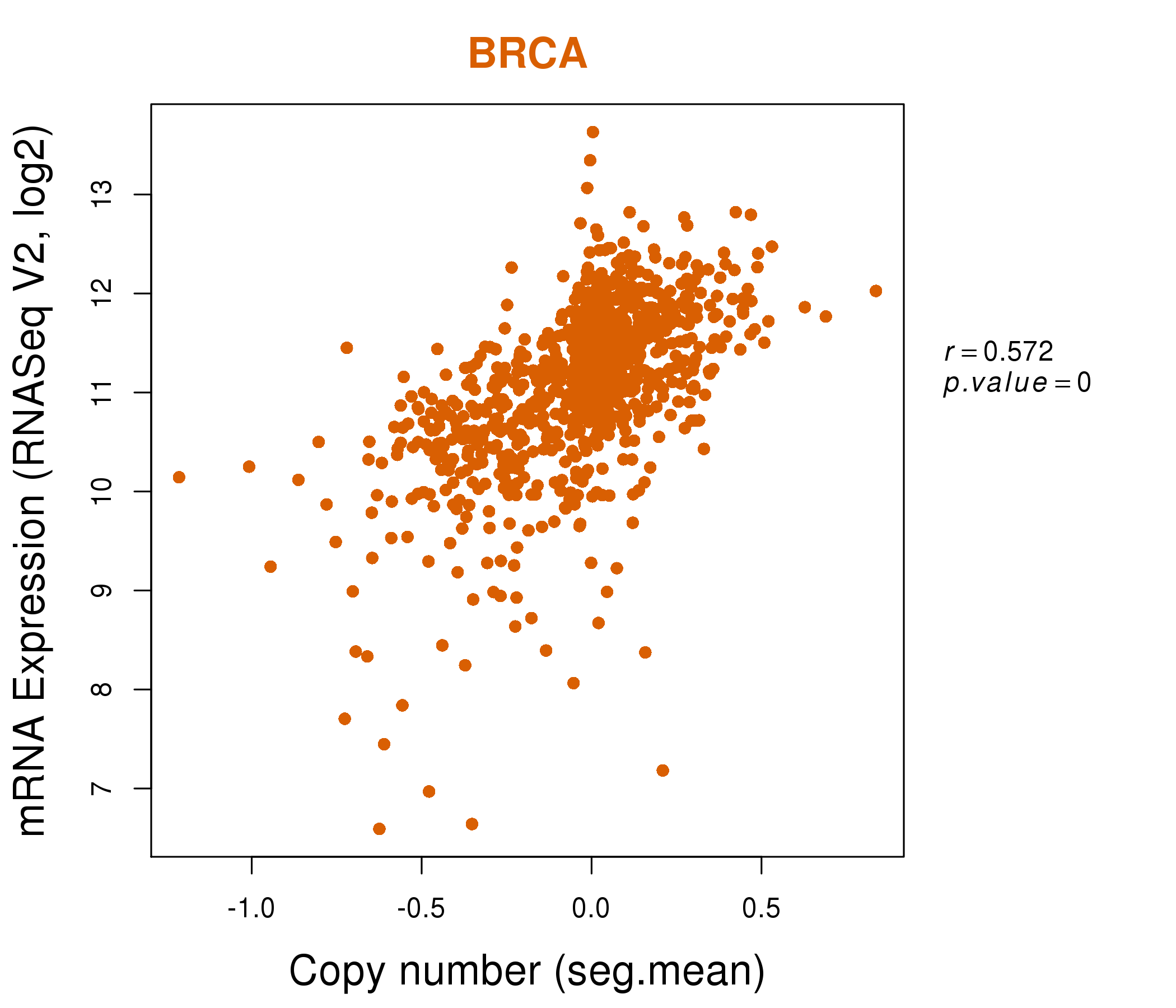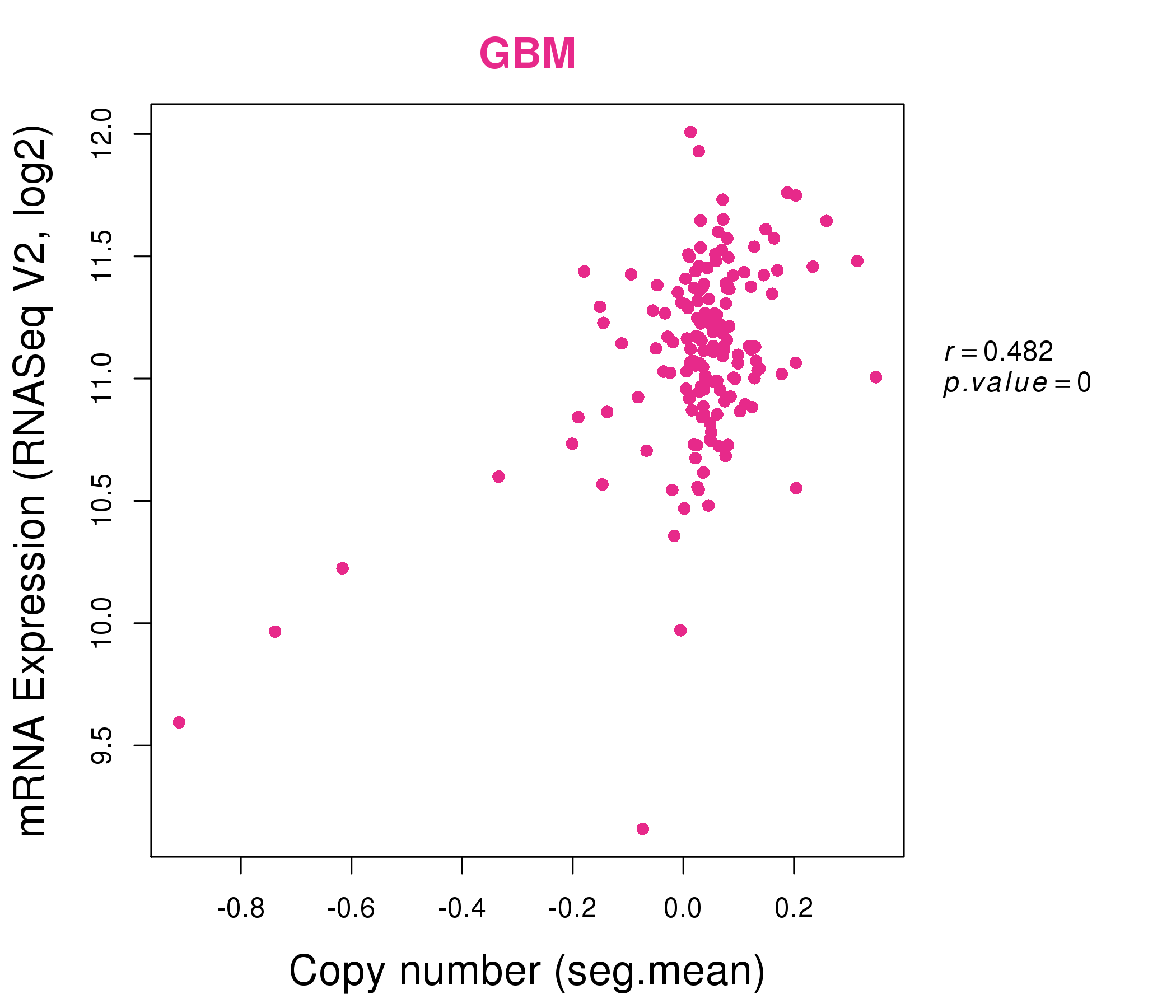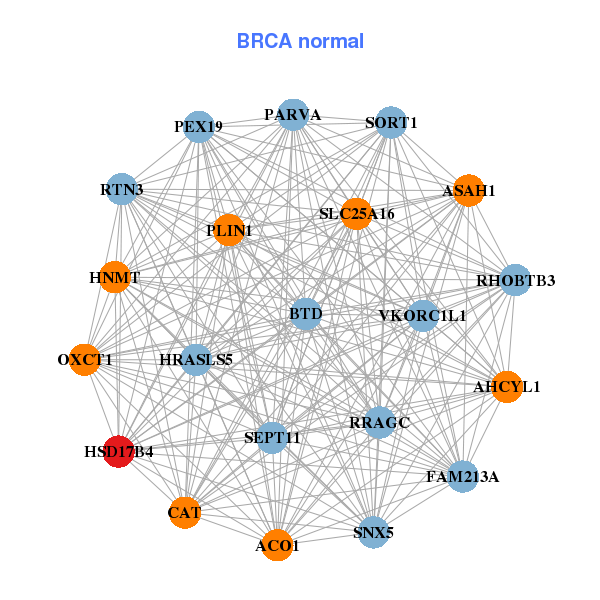|
||||||||||||||||||||
| |
| Phenotypic Information (metabolism pathway, cancer, disease, phenome) |
| |
| |
| Gene-Gene Network Information: Co-Expression Network, Interacting Genes & KEGG |
| |
|
| Gene Summary for HSD17B4 |
| Basic gene info. | Gene symbol | HSD17B4 |
| Gene name | hydroxysteroid (17-beta) dehydrogenase 4 | |
| Synonyms | DBP|MFE-2|MPF-2|PRLTS1|SDR8C1 | |
| Cytomap | UCSC genome browser: 5q21 | |
| Genomic location | chr5 :118788201-118878030 | |
| Type of gene | protein-coding | |
| RefGenes | NM_001199291.2, NM_001292027.1,NM_001292028.1,NM_000414.3,NM_001199292.1, | |
| Ensembl id | ENSG00000133835 | |
| Description | 17-beta-HSD 417-beta-HSD IV17-beta-hydroxysteroid dehydrogenase 417beta-estradiol dehydrogenase type IV3-alpha,7-alpha,12-alpha-trihydroxy-5-beta-cholest-24-enoyl-CoA hydrataseD-3-hydroxyacyl-CoA dehydrataseD-bifunctional protein, peroxisomalbeta-h | |
| Modification date | 20141207 | |
| dbXrefs | MIM : 601860 | |
| HGNC : HGNC | ||
| Ensembl : ENSG00000133835 | ||
| HPRD : 03514 | ||
| Vega : OTTHUMG00000128899 | ||
| Protein | UniProt: go to UniProt's Cross Reference DB Table | |
| Expression | CleanEX: HS_HSD17B4 | |
| BioGPS: 3295 | ||
| Gene Expression Atlas: ENSG00000133835 | ||
| The Human Protein Atlas: ENSG00000133835 | ||
| Pathway | NCI Pathway Interaction Database: HSD17B4 | |
| KEGG: HSD17B4 | ||
| REACTOME: HSD17B4 | ||
| ConsensusPathDB | ||
| Pathway Commons: HSD17B4 | ||
| Metabolism | MetaCyc: HSD17B4 | |
| HUMANCyc: HSD17B4 | ||
| Regulation | Ensembl's Regulation: ENSG00000133835 | |
| miRBase: chr5 :118,788,201-118,878,030 | ||
| TargetScan: NM_001199291 | ||
| cisRED: ENSG00000133835 | ||
| Context | iHOP: HSD17B4 | |
| cancer metabolism search in PubMed: HSD17B4 | ||
| UCL Cancer Institute: HSD17B4 | ||
| Assigned class in ccmGDB | C | |
| Top |
| Phenotypic Information for HSD17B4(metabolism pathway, cancer, disease, phenome) |
| Cancer | CGAP: HSD17B4 |
| Familial Cancer Database: HSD17B4 | |
| * This gene is included in those cancer gene databases. |
|
|
|
|
|
|
| ||||||||||||||
Oncogene 1 | Significant driver gene in | |||||||||||||||||||
| cf) number; DB name 1 Oncogene; http://nar.oxfordjournals.org/content/35/suppl_1/D721.long, 2 Tumor Suppressor gene; https://bioinfo.uth.edu/TSGene/, 3 Cancer Gene Census; http://www.nature.com/nrc/journal/v4/n3/abs/nrc1299.html, 4 CancerGenes; http://nar.oxfordjournals.org/content/35/suppl_1/D721.long, 5 Network of Cancer Gene; http://ncg.kcl.ac.uk/index.php, 1Therapeutic Vulnerabilities in Cancer; http://cbio.mskcc.org/cancergenomics/statius/ |
| REACTOME_PEROXISOMAL_LIPID_METABOLISM REACTOME_METABOLISM_OF_LIPIDS_AND_LIPOPROTEINS | |
| Mutations for HSD17B4 |
| * Under tables are showing count per each tissue to give us broad intuition about tissue specific mutation patterns.You can go to the detailed page for each mutation database's web site. |
| - Statistics for Tissue and Mutation type | Top |
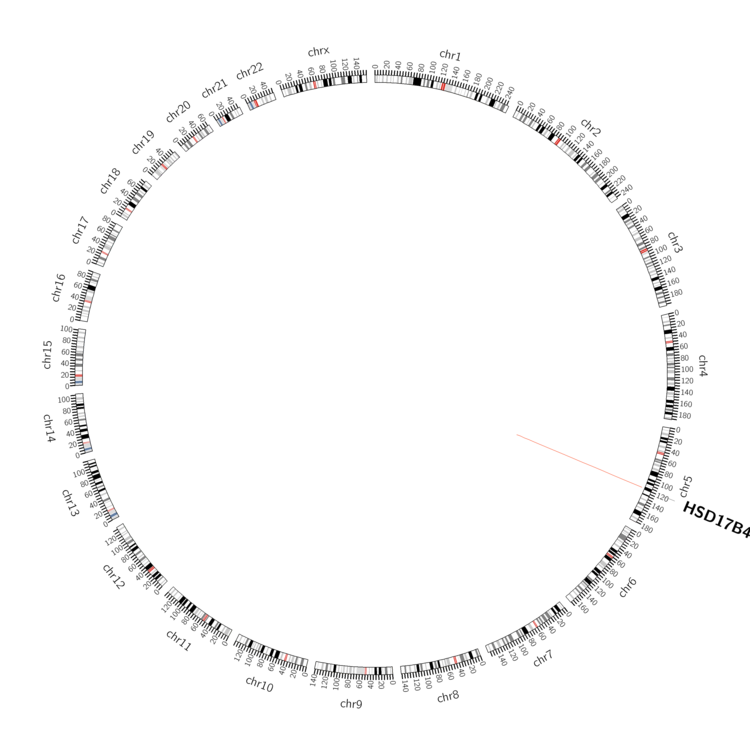 |
| - For Inter-chromosomal Variations |
| There's no inter-chromosomal structural variation. |
| - For Intra-chromosomal Variations |
| * Intra-chromosomal variantions includes 'intrachromosomal amplicon to amplicon', 'intrachromosomal amplicon to non-amplified dna', 'intrachromosomal deletion', 'intrachromosomal fold-back inversion', 'intrachromosomal inversion', 'intrachromosomal tandem duplication', 'Intrachromosomal unknown type', 'intrachromosomal with inverted orientation', 'intrachromosomal with non-inverted orientation'. |
 |
| Sample | Symbol_a | Chr_a | Start_a | End_a | Symbol_b | Chr_b | Start_b | End_b |
| ovary | HSD17B4 | chr5 | 118805472 | 118805492 | HSD17B4 | chr5 | 118808041 | 118808061 |
| cf) Tissue number; Tissue name (1;Breast, 2;Central_nervous_system, 3;Haematopoietic_and_lymphoid_tissue, 4;Large_intestine, 5;Liver, 6;Lung, 7;Ovary, 8;Pancreas, 9;Prostate, 10;Skin, 11;Soft_tissue, 12;Upper_aerodigestive_tract) |
| * From mRNA Sanger sequences, Chitars2.0 arranged chimeric transcripts. This table shows HSD17B4 related fusion information. |
| ID | Head Gene | Tail Gene | Accession | Gene_a | qStart_a | qEnd_a | Chromosome_a | tStart_a | tEnd_a | Gene_a | qStart_a | qEnd_a | Chromosome_a | tStart_a | tEnd_a |
| BF033554 | HSD17B4 | 1 | 451 | 5 | 118844842 | 118865606 | COPS3 | 444 | 557 | 17 | 17150204 | 17150317 | |
| Top |
| There's no copy number variation information in COSMIC data for this gene. |
| Top |
|
 |
| Top |
| Stat. for Non-Synonymous SNVs (# total SNVs=49) | (# total SNVs=14) |
 |  |
(# total SNVs=2) | (# total SNVs=0) |
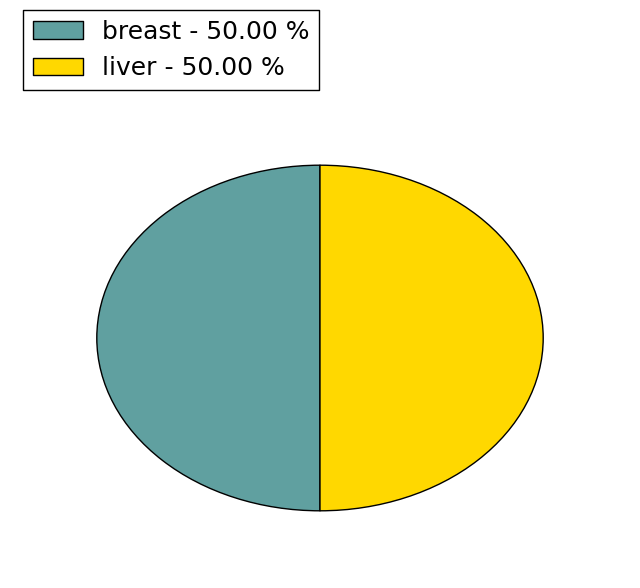 |
| Top |
| * When you move the cursor on each content, you can see more deailed mutation information on the Tooltip. Those are primary_site,primary_histology,mutation(aa),pubmedID. |
| GRCh37 position | Mutation(aa) | Unique sampleID count |
| chr5:118861713-118861713 | p.I559V | 3 |
| chr5:118827800-118827800 | p.G240G | 2 |
| chr5:118835117-118835117 | p.D360Y | 2 |
| chr5:118814698-118814698 | p.Q202E | 2 |
| chr5:118824886-118824886 | p.? | 2 |
| chr5:118813124-118813124 | p.R121K | 2 |
| chr5:118865666-118865666 | p.T615T | 2 |
| chr5:118835235-118835235 | p.I399T | 2 |
| chr5:118860945-118860945 | p.P513L | 2 |
| chr5:118810095-118810095 | p.? | 2 |
| Top |
|
 |
| Point Mutation/ Tissue ID | 1 | 2 | 3 | 4 | 5 | 6 | 7 | 8 | 9 | 10 | 11 | 12 | 13 | 14 | 15 | 16 | 17 | 18 | 19 | 20 |
| # sample | 2 | 6 | 5 | 9 | 5 | 2 | 1 | 6 | 1 | 1 | 1 | 5 | 5 | 9 | ||||||
| # mutation | 2 | 6 | 5 | 9 | 5 | 2 | 1 | 6 | 1 | 1 | 1 | 5 | 5 | 10 | ||||||
| nonsynonymous SNV | 2 | 5 | 3 | 7 | 3 | 2 | 1 | 4 | 1 | 1 | 1 | 5 | 4 | 10 | ||||||
| synonymous SNV | 1 | 2 | 2 | 2 | 2 | 1 |
| cf) Tissue ID; Tissue type (1; BLCA[Bladder Urothelial Carcinoma], 2; BRCA[Breast invasive carcinoma], 3; CESC[Cervical squamous cell carcinoma and endocervical adenocarcinoma], 4; COAD[Colon adenocarcinoma], 5; GBM[Glioblastoma multiforme], 6; Glioma Low Grade, 7; HNSC[Head and Neck squamous cell carcinoma], 8; KICH[Kidney Chromophobe], 9; KIRC[Kidney renal clear cell carcinoma], 10; KIRP[Kidney renal papillary cell carcinoma], 11; LAML[Acute Myeloid Leukemia], 12; LUAD[Lung adenocarcinoma], 13; LUSC[Lung squamous cell carcinoma], 14; OV[Ovarian serous cystadenocarcinoma ], 15; PAAD[Pancreatic adenocarcinoma], 16; PRAD[Prostate adenocarcinoma], 17; SKCM[Skin Cutaneous Melanoma], 18:STAD[Stomach adenocarcinoma], 19:THCA[Thyroid carcinoma], 20:UCEC[Uterine Corpus Endometrial Carcinoma]) |
| Top |
| * We represented just top 10 SNVs. When you move the cursor on each content, you can see more deailed mutation information on the Tooltip. Those are primary_site, primary_histology, mutation(aa), pubmedID. |
| Genomic Position | Mutation(aa) | Unique sampleID count |
| chr5:118865666 | p.A178G,HSD17B4 | 2 |
| chr5:118814681 | p.T597T,HSD17B4 | 2 |
| chr5:118835235 | p.R103K,HSD17B4 | 2 |
| chr5:118813124 | p.I381T,HSD17B4 | 2 |
| chr5:118832266 | p.P398S,HSD17B4 | 1 |
| chr5:118842530 | p.G552R,HSD17B4 | 1 |
| chr5:118861675 | p.P400L,HSD17B4 | 1 |
| chr5:118813175 | p.G563R,HSD17B4 | 1 |
| chr5:118866961 | p.E198Q,HSD17B4 | 1 |
| chr5:118835030 | p.A409T,HSD17B4 | 1 |
| * Copy number data were extracted from TCGA using R package TCGA-Assembler. The URLs of all public data files on TCGA DCC data server were gathered on Jan-05-2015. Function ProcessCNAData in TCGA-Assembler package was used to obtain gene-level copy number value which is calculated as the average copy number of the genomic region of a gene. |
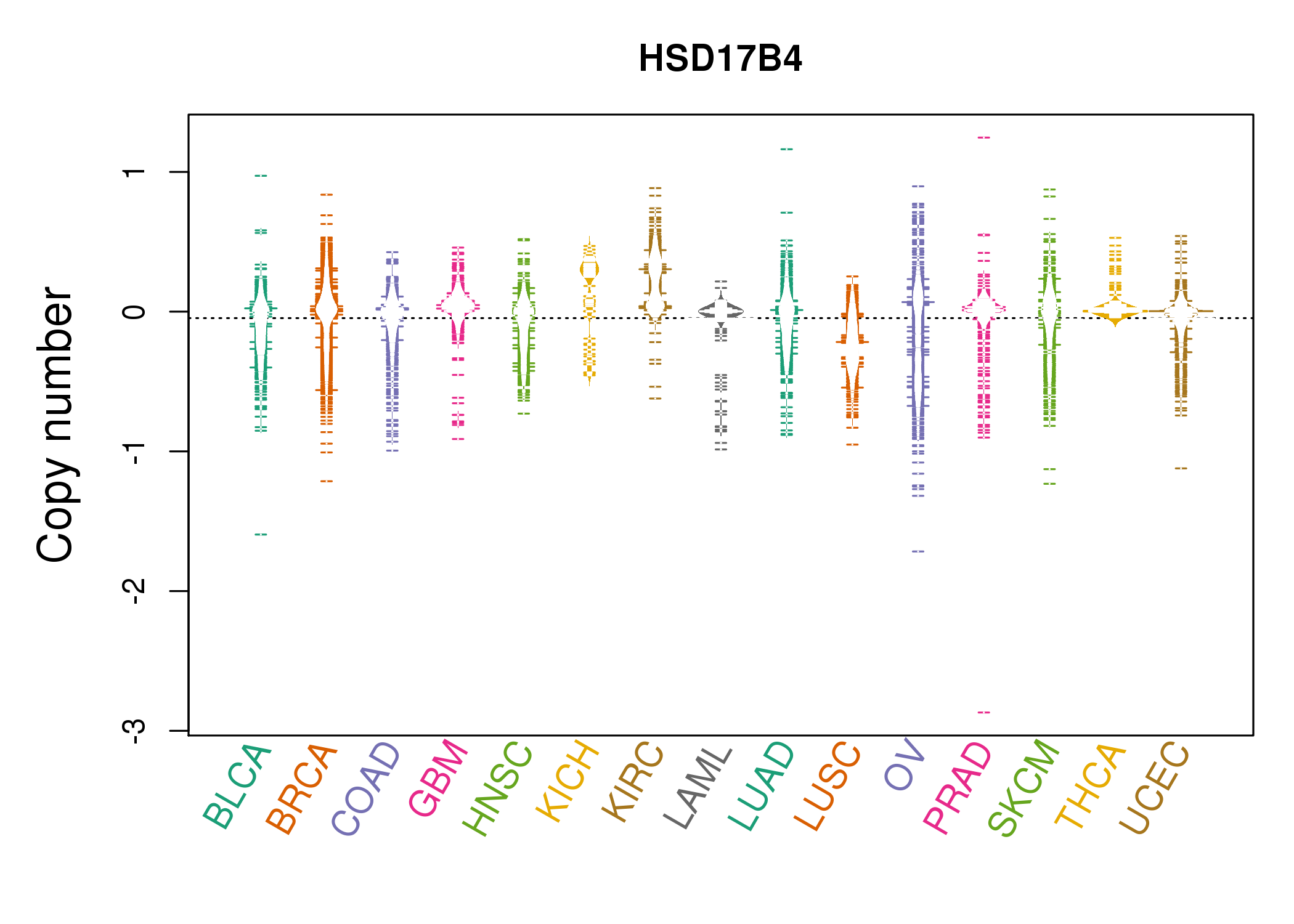 |
| cf) Tissue ID[Tissue type]: BLCA[Bladder Urothelial Carcinoma], BRCA[Breast invasive carcinoma], CESC[Cervical squamous cell carcinoma and endocervical adenocarcinoma], COAD[Colon adenocarcinoma], GBM[Glioblastoma multiforme], Glioma Low Grade, HNSC[Head and Neck squamous cell carcinoma], KICH[Kidney Chromophobe], KIRC[Kidney renal clear cell carcinoma], KIRP[Kidney renal papillary cell carcinoma], LAML[Acute Myeloid Leukemia], LUAD[Lung adenocarcinoma], LUSC[Lung squamous cell carcinoma], OV[Ovarian serous cystadenocarcinoma ], PAAD[Pancreatic adenocarcinoma], PRAD[Prostate adenocarcinoma], SKCM[Skin Cutaneous Melanoma], STAD[Stomach adenocarcinoma], THCA[Thyroid carcinoma], UCEC[Uterine Corpus Endometrial Carcinoma] |
| Top |
| Gene Expression for HSD17B4 |
| * CCLE gene expression data were extracted from CCLE_Expression_Entrez_2012-10-18.res: Gene-centric RMA-normalized mRNA expression data. |
 |
| * Normalized gene expression data of RNASeqV2 was extracted from TCGA using R package TCGA-Assembler. The URLs of all public data files on TCGA DCC data server were gathered at Jan-05-2015. Only eight cancer types have enough normal control samples for differential expression analysis. (t test, adjusted p<0.05 (using Benjamini-Hochberg FDR)) |
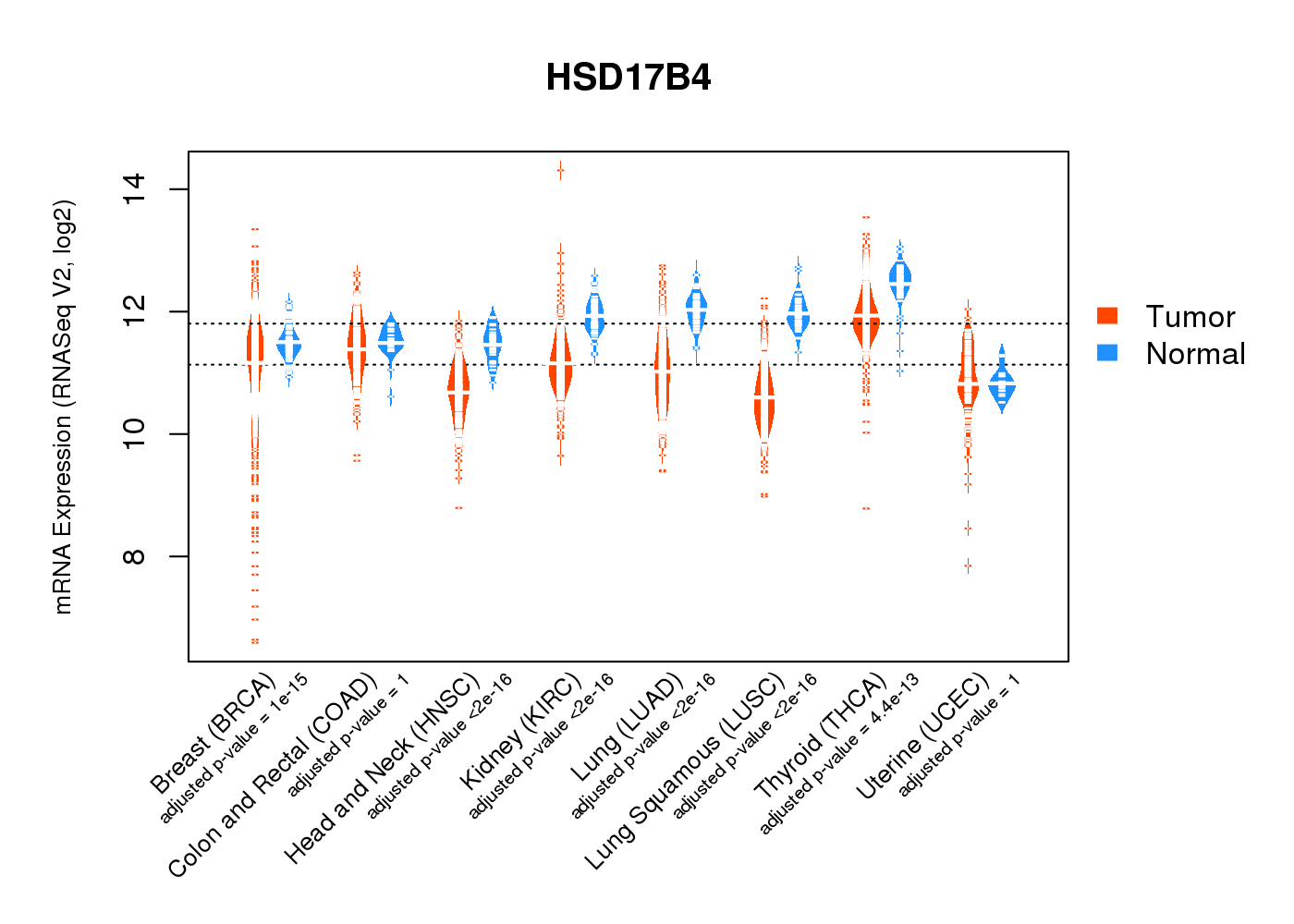 |
| Top |
| * This plots show the correlation between CNV and gene expression. |
: Open all plots for all cancer types
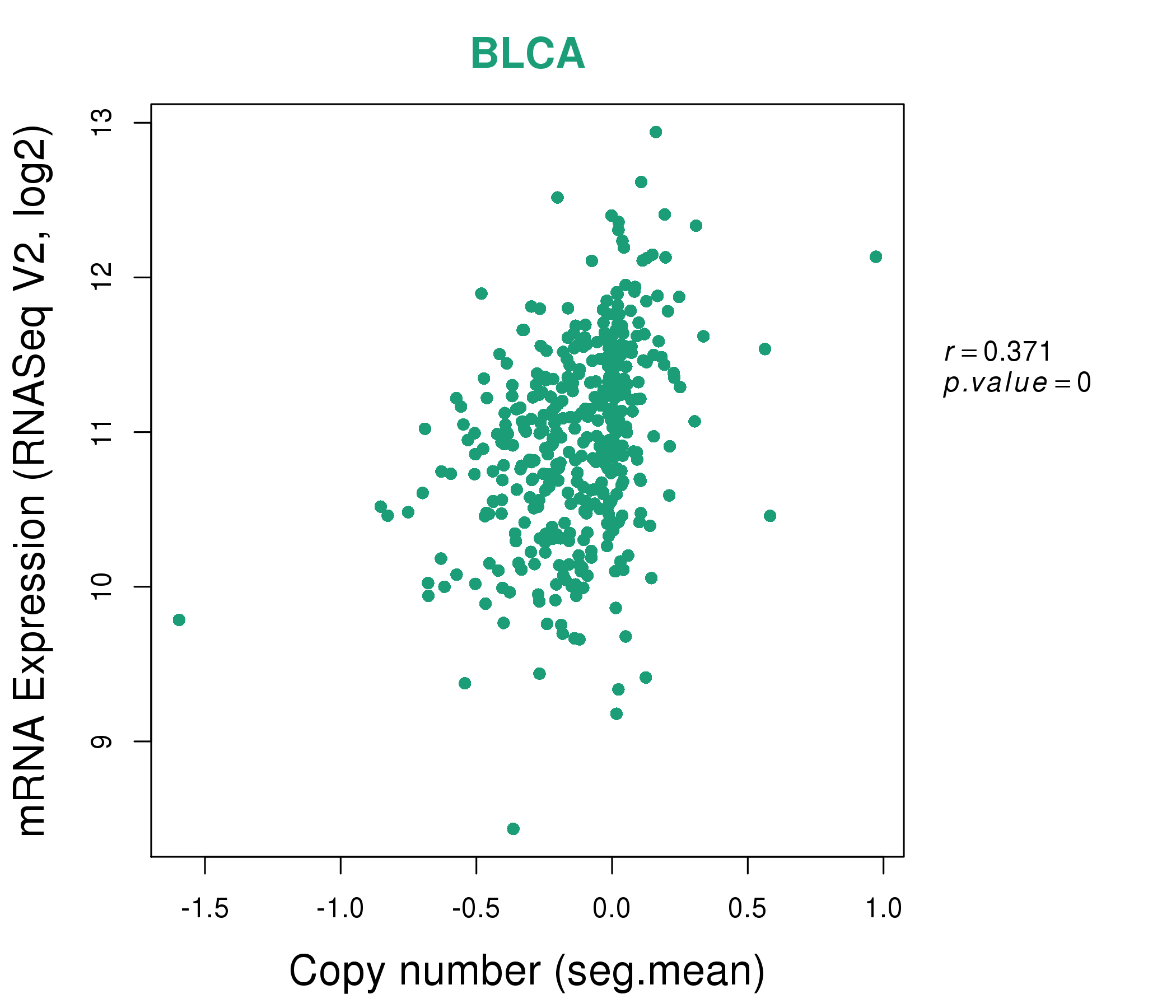 |
|
 |
|
| Top |
| Gene-Gene Network Information |
| * Co-Expression network figures were drawn using R package igraph. Only the top 20 genes with the highest correlations were shown. Red circle: input gene, orange circle: cell metabolism gene, sky circle: other gene |
: Open all plots for all cancer types
 |
| ||||
| AP3B1,C5orf15,KIAA0825,TRAPPC13,COMMD10,DCTN4,DTWD2, FAM114A2,FBXL17,GIN1,HSD17B4,MATR3,MFAP3,MSH3, NUDT12,PGGT1B,PJA2,POLK,TMED7,YTHDC2,ZFYVE16 | ACO1,AHCYL1,ASAH1,BTD,FAM213A,CAT,HNMT, HRASLS5,HSD17B4,OXCT1,PARVA,PEX19,PLIN1,RHOBTB3, RRAGC,RTN3,SEPT11,SLC25A16,SNX5,SORT1,VKORC1L1 | ||||
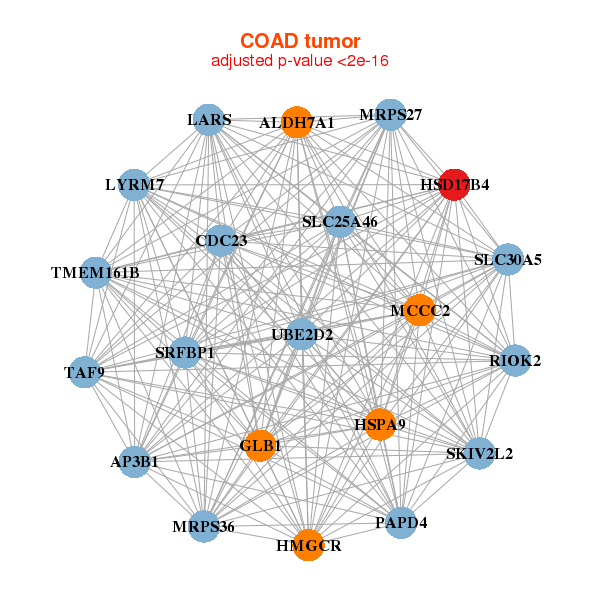 |
| ||||
| ALDH7A1,AP3B1,CDC23,GLB1,HMGCR,HSD17B4,HSPA9, LARS,LYRM7,MCCC2,MRPS27,MRPS36,PAPD4,RIOK2, SKIV2L2,SLC25A46,SLC30A5,SRFBP1,TAF9,TMEM161B,UBE2D2 | ALG6,ANKEF1,ATP6V1A,CCDC47,DARS2,FAM81A,FAR2, GMDS,HSD17B4,IDH1,MCCC2,MTIF2,NARS,ORC2, PHKB,SH2D4A,SRPK1,STAMBPL1,STARD7,STT3B,TM9SF2 |
| * Co-Expression network figures were drawn using R package igraph. Only the top 20 genes with the highest correlations were shown. Red circle: input gene, orange circle: cell metabolism gene, sky circle: other gene |
: Open all plots for all cancer types
| Top |
: Open all interacting genes' information including KEGG pathway for all interacting genes from DAVID
| Top |
| Pharmacological Information for HSD17B4 |
| DB Category | DB Name | DB's ID and Url link |
| * Gene Centered Interaction Network. |
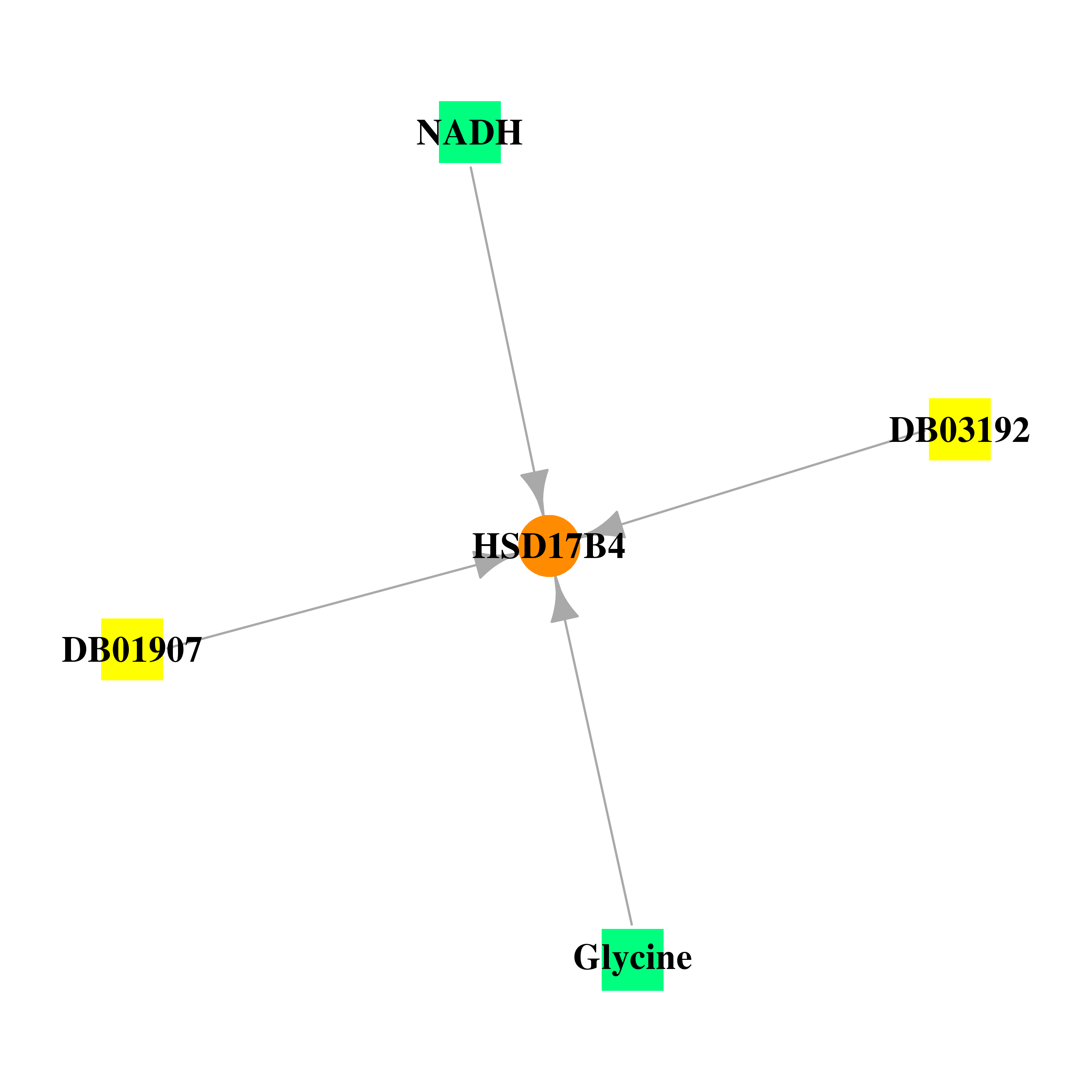 |
| * Drug Centered Interaction Network. |
| DrugBank ID | Target Name | Drug Groups | Generic Name | Drug Centered Network | Drug Structure |
| DB00157 | hydroxysteroid (17-beta) dehydrogenase 4 | approved; nutraceutical | NADH |  | 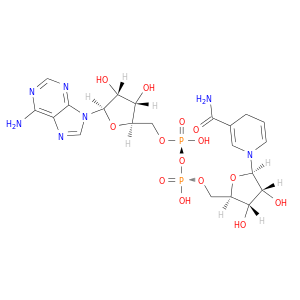 |
| DB01907 | hydroxysteroid (17-beta) dehydrogenase 4 | experimental | Nicotinamide-Adenine-Dinucleotide |  |  |
| DB03192 | hydroxysteroid (17-beta) dehydrogenase 4 | experimental | 3r-Hydroxydecanoyl-Coa | 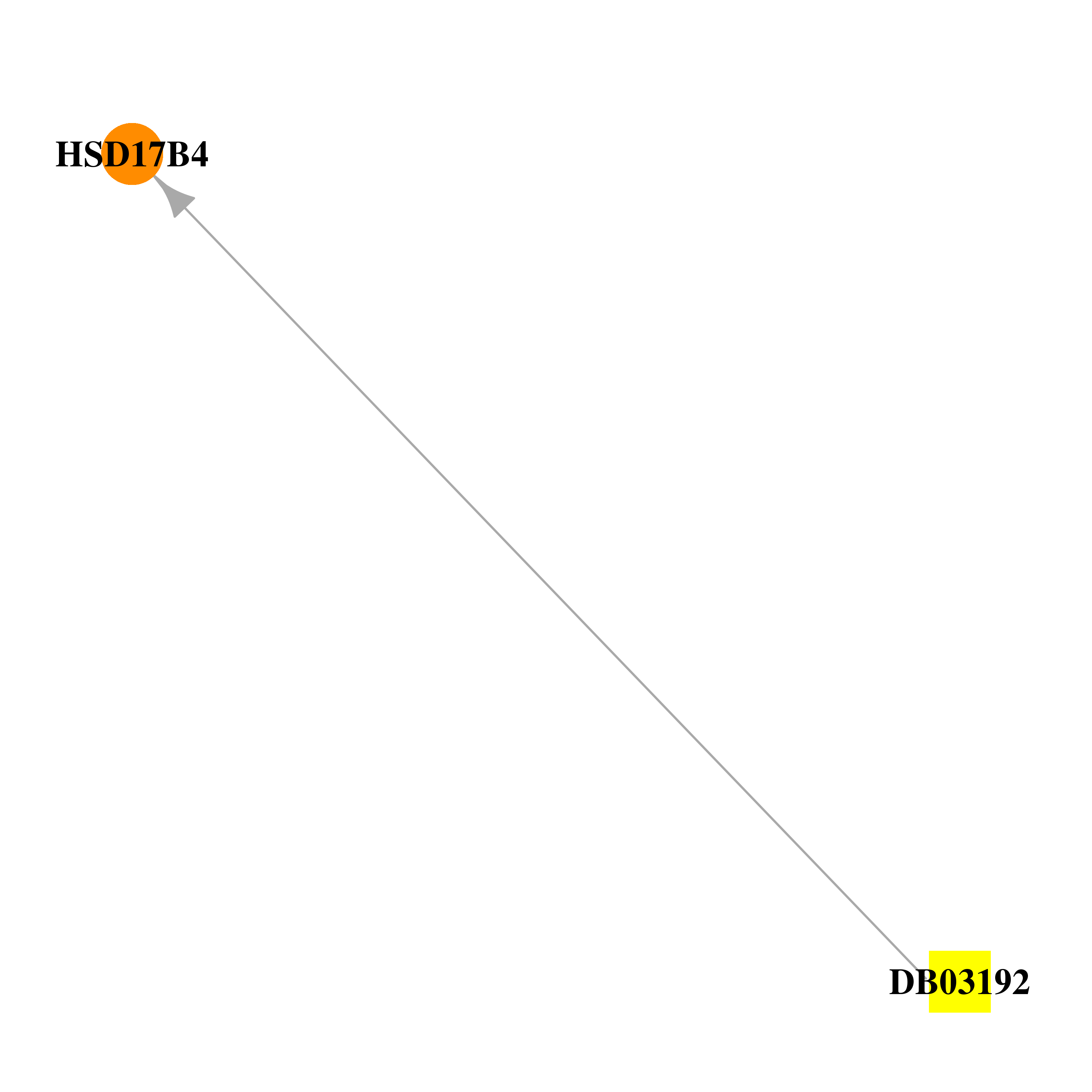 |  |
| DB00145 | hydroxysteroid (17-beta) dehydrogenase 4 | approved; nutraceutical | Glycine | 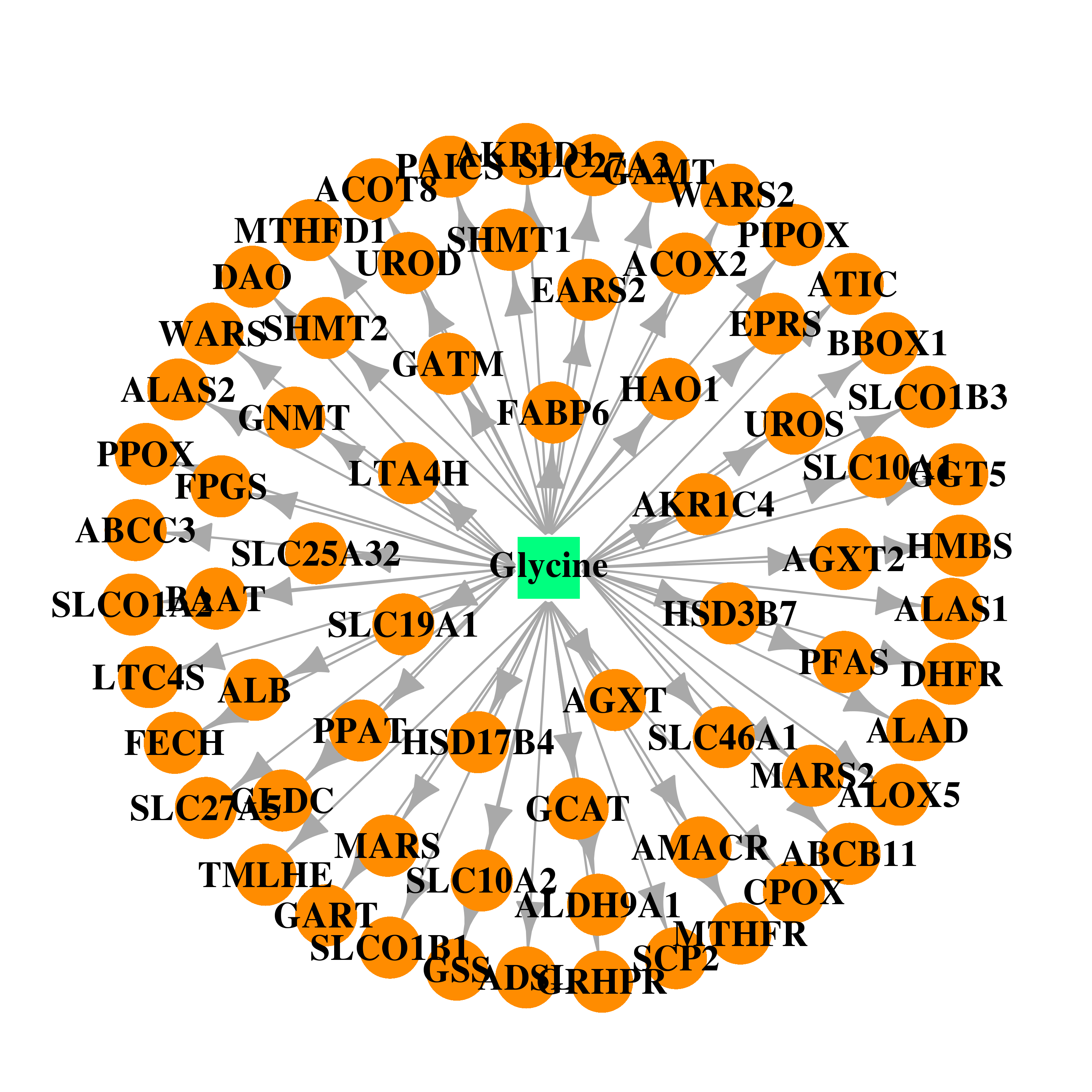 | 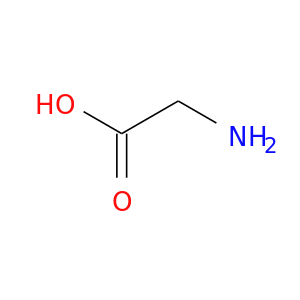 |
| Top |
| Cross referenced IDs for HSD17B4 |
| * We obtained these cross-references from Uniprot database. It covers 150 different DBs, 18 categories. http://www.uniprot.org/help/cross_references_section |
: Open all cross reference information
|
Copyright © 2016-Present - The Univsersity of Texas Health Science Center at Houston @ |






